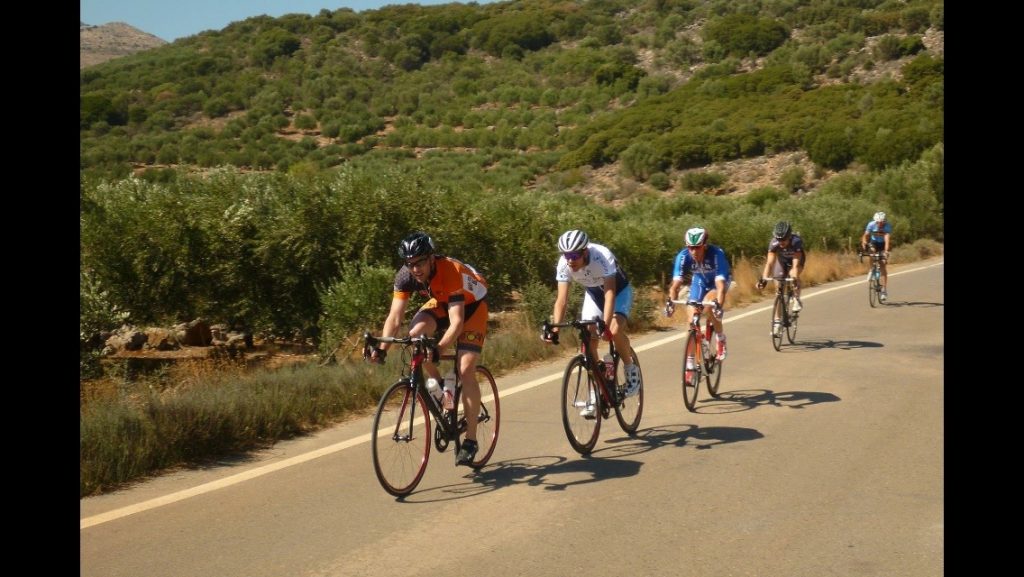The Foot in Cycling
The foot in cycling is my second pillar bike fit, which I found hard at first, as the foot is often the starting point in my functional assessment as a physio.
So Why Second!
It still pains me to put it second! But it is for a good reason. I spent most of my career working as a physio in rugby, where on-ground function is dominant. So for me, it starts with the foot.
In cycling, I would put the pelvis first because this is the functional centre of cycling. This does not mean the foot in cycling is not important; quite the opposite. It’s a pretty close second. Plus, in my view, the body is not as segmented as all that…it’s a functional chain, so all elements are important, just with a slight hierarchy.
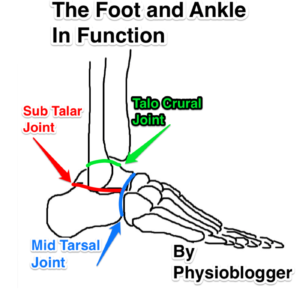
The interesting thing about the foot in cycling is that it is much less to do with its mechanical function (which I was obsessed with as a physio!) and much more to do with its sensory properties. With cycling shoes the way they are, there is very little information passed from your feet into the nervous system, making your brain’s ability to make your body perform limited.
The foot has been studied so extensively in walking and running, but really not that much in cycling. If you do a search, there are interesting things about the differences between cycling in running trainers and cycling in stiff-soled shoes. There are interesting studies on manipulating the shoe/cleat/pedal and seeing what happens to the rest of the body. But actually, not much about the foot itself. Most likely because it’s pretty hard to do. As a result, many of the shoes very much focus on being light and stylish.
Things are changing gradually, Lake shoes are generally much wider and have their cleat position further back, which is great…more on shoes below.
Footwear
Shoes in cycling have unfortunately followed a trend towards fashion rather than function. This is bad, especially as many top brands are either Italian or follow Italian fashion…which means they are extremely narrow! Nothing against Italians…it’s just narrow shoes are definitely not what you want…even if they look awesome!
There has also been a trend towards having the cleat holes very forward on the shoe to create more leverage; this isn’t ideal either!
The extremely tight fit and no other ability to move (due to the limited function) means there is a high likelihood that the foot will get very irritated with prolonged/repeated use…which is exactly what happens in cycling.
I recently bought some shoes because they had an interesting design take…you can adjust the size slightly, so they fit really well. Nice roomy toe box. But most interestingly the way the boa’s are designed means that they tighten from the heel, pulling the up back and down, which is a great way to go about it. I’ve on;y had them for 6 months and though they are the most comfortable shoes I’ve ever had…I need more time and some longer rides before I’m 100% sure.
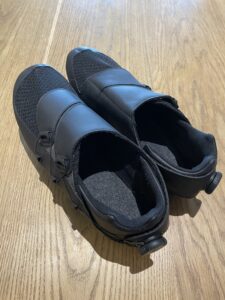
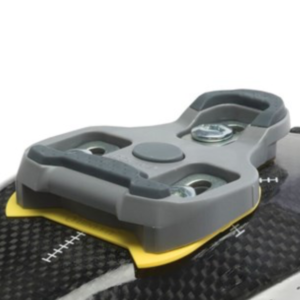
Wedges
This requires a skilled bike fitter. If you know what you are doing, you can really make a big difference to someones comfort and performance with these. The picture shoe a cleat wedge, but you can also get in shoe forefoot and heel wedges.
The wedges change the angle of either the whole foot (cleat wedges) or part of the foot (heel and forefoot wedges). They all influence the foot differently, but allow you to really get someone moving well on the bike.
Shims
A shim doesn’t change angle of the foot, but instead raises the stack under the foot. This is used when someone (most people) pedal differently one side to the other. Most people say they have a leg length difference, but more commonly it’s a functional difference one side to the other. Effectively, the saddle is either too high for one side or if adjusted, then too low for the other…you’re stuck!
Though off the bike work is a preferable long term solution, in the short term (and sometimes the long term) a shim can be used to raise the ‘short side’ increasing stability on the bike and allowing you get the saddle height right for both sides and to get quality movement on both sides.
Orthoses
Last but not least, my favourite…orthoses. Having custom or off-the-shelf insoles with some sort of arch support is something I never thought was necessary for cycling…until I realised HOW WRONG I WAS!!
The reasons why I changed my mind is when I thought about the lack of input you get from your feet while they are in cycling shoes. In walking and running the joint movements and tissue tensions are constantly changing and feeding back vital information to the brain to help optimise movement. This just isn’t much of an option in your carbon soled cycling shoe!!
It was after reading work by Steve Hogg that made me realise that a well placed arch support can greatly increase the input that is fed back from the feet. I believe this will have a benefit to the stability of the cyclist on the bike. There’s no direct evidence to support this as yet…but it’s the subject of my MSc. Dissertation…so time will tell!!
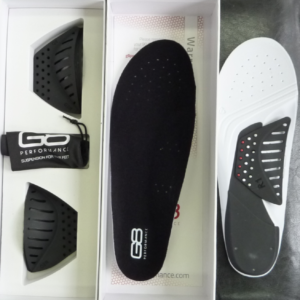
Any Questions
If you have any foot, shoe or general bike fit questions, please get in touch 🙂

